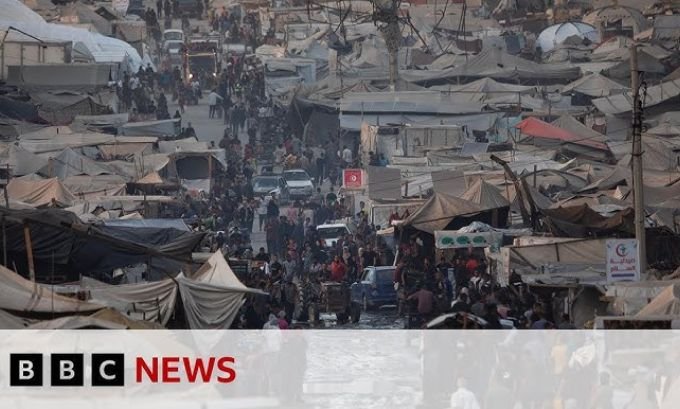Recent months have seen a significant escalation in regional tensions, with major developments involving Israel, Iran, and Syria. Here is a summary of the key events as they have unfolded.
Table of Contents
IDF Strikes Hit Nasser Hospital
On August 25, 2025, the Israel Defense Forces (IDF) carried out two separate airstrikes on Nasser Hospital. The initial strike targeted the top floor of the building.
Approximately 10 minutes later, a second “double-tap” strike occurred at the same location. Reports indicate this second attack hit rescue workers and journalists who had gathered at the scene following the first explosion. The incident has drawn significant international attention and raised concerns over the safety of medical facilities and non-combatants in conflict zones.
Escalating Tensions Between Iran and Israel
The long-standing conflict between Iran and Israel intensified on June 24, 2025, when Israel launched a series of strikes inside Iran. These attacks resulted in several casualties, including the death of a nuclear scientist. An air radar system was also reportedly targeted.
This military action from Israel was in response to earlier missile and drone attacks launched by Iran. The exchange of fire took place shortly before a planned ceasefire was scheduled to begin, further complicating efforts to de-escalate the situation.
Expanded Israeli Military Operations in Syria
Since December 2024, Israel has broadened its military operations within Syria. Israeli forces have advanced up to 25 kilometers into Syrian territory.
Alongside the ground incursion, Israel has conducted hundreds of airstrikes. The stated objectives of these strikes are to target missile systems and dismantle infrastructure belonging to extremist groups. This prolonged military campaign has faced sharp criticism from the international community, including condemnation from the United Nations, over concerns about sovereignty and regional stability.
What’s Next?
These events highlight the volatile and complex nature of the current geopolitical landscape in the Middle East. As diplomatic efforts continue and international bodies call for restraint, the situation remains fluid. The focus now turns to whether the recent ceasefire attempts can hold and what the long-term implications of these military actions will be for regional security.

